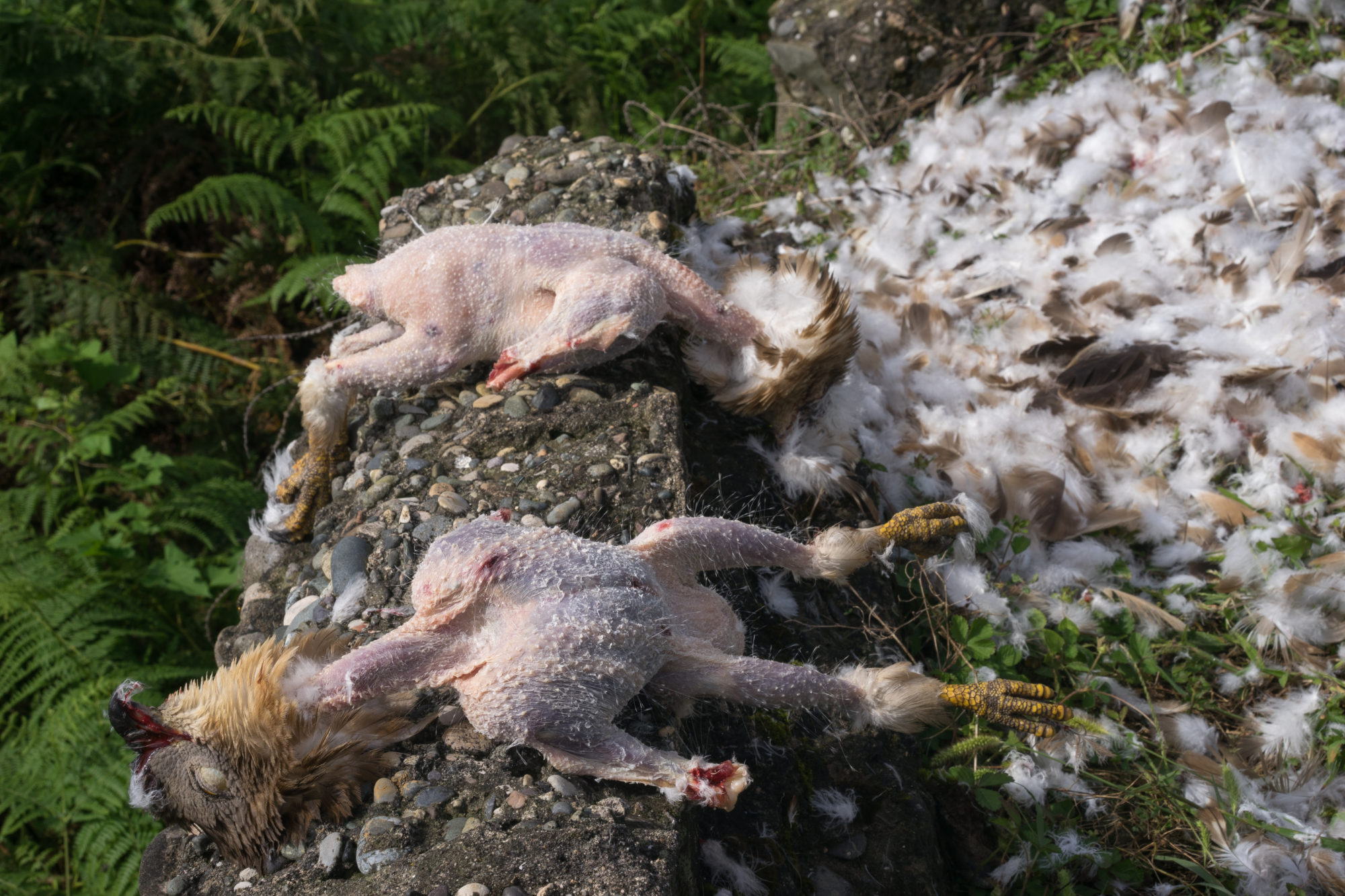Though its Latin name Pernis apivorus means “bee-eating bird of prey”, the European honey-buzzard feeds mainly on wasps and hornets.
This sharp-eyed raptor shifts around its woodland perch, restlessly ruffling its wings, as it waits to catch sight of its next meal. With long powerful talons and natural armour of scale-like feathers around the head, it is perfectly built to dig deep into a wasp’s nest and brave the stings of the angry swarm inside.
 |
Wingspan: 130-150 cm |
 |
Top speed: 80 km/h |
| Threats: Shooting, Habitat loss |
MIGRATION
A flight for survival
Honey-buzzards are typically solitary, except on migration, when they flock together. On this epic flight, they use the earth’s magnetic field and their remarkable visual memory to find their way between their European breeding grounds and their wintering areas in tropical Africa.
As a soaring bird, it avoids large expanses of water due to the absence of rising air currents on which it glides. This drives huge flocks towards the narrowest sea crossings around the Mediterranean, such as the Gibraltar Strait or the Messina Strait.
Until about 30 years ago, the Messina Strait at the southern tip of Italy was one of Europe’s worst blackspots for illegal killing of raptors. As many as 5000 honey-buzzards were unlawfully shot here every year. But thanks to the tireless work of local environmental NGOs since the early 1980s and better law enforcement, the death toll has fallen to about 100 annual casualties.
Help us
The poaching situation in southern Italy seemed hopeless. After our partner, LIPU, began running annual anti-poaching camps, local attitudes slowly started changing and regional police began to work alongside NGO staff and volunteers. At least 85 000 honey-buzzards are estimated to have been saved over the last three decades. As inspiring as this victory is, the illegal killing of birds persists in other parts of Italy. But with your help, LIPU can expand this success to protect skylarks from illegal shooting in Puglia or to save blackcaps and other songbirds from illegal trapping in Sardinia.
BirdLife International Partner, LIPU, is the leading environmental NGO for the protection of wild birds and their habitats in Italy. Help us to help them stop the killing here and along the flyways.



